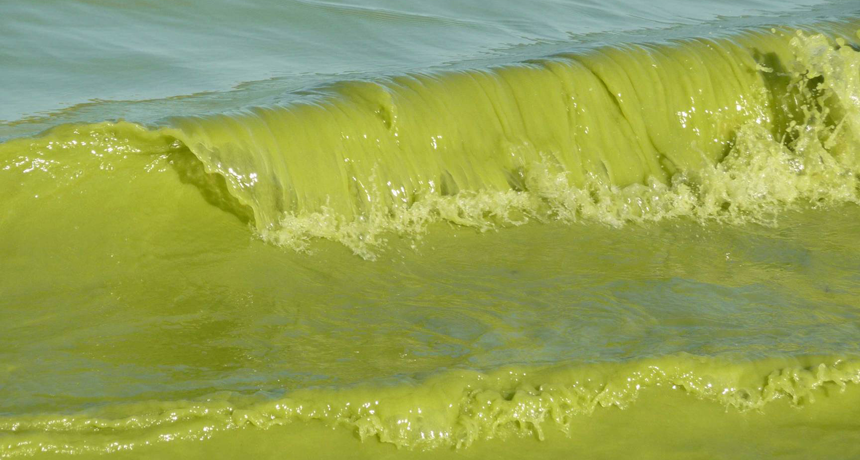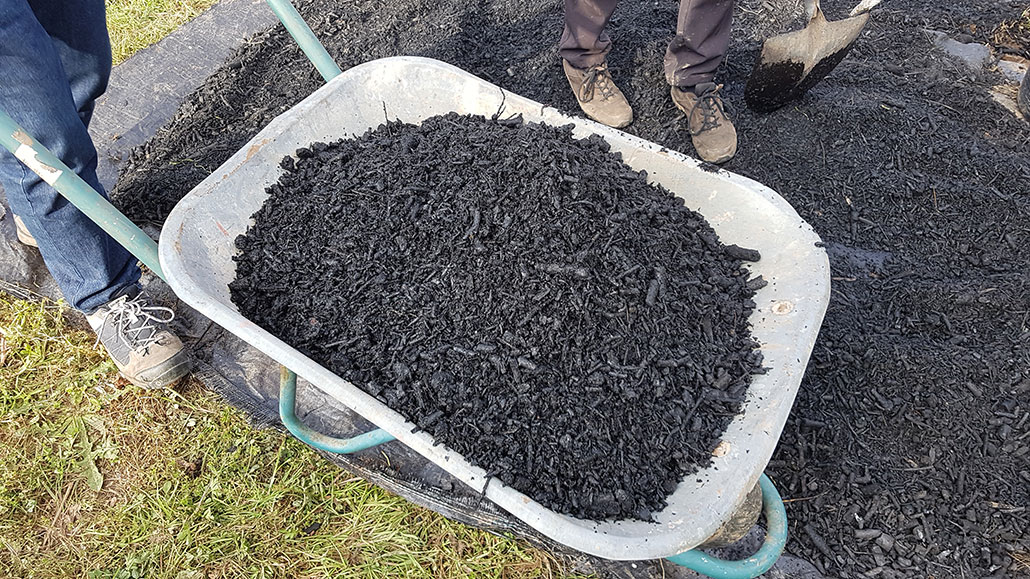Taking medicine can help us get better when we’re ill. But our bodies won’t absorb all of a drug. The leftovers leave in our urine. Water treatment plants were never designed to remove those drugs. So they just flow through these cleanup plants and into rivers and other sources of drinking water. But a simple low-cost, two-step process could help end that.
An added benefit, this treatment also removes plant fertilizers. And that’s a good thing, because they can trigger blooms of harmful microbes in lakes, rivers and streams.
Researchers at the University of Illinois Urbana-Champaign and at China Agricultural University in Beijing developed the new process. They shared how it works in the December 5 Journal of Hazardous Materials.
Xiaozhen Mou didn’t work on the new water treatment process. But this microbiologist at Kent State University in Ohio understands the need for it.
She was part of a team that sampled water at four drinking water treatment plants in Ohio. Chemicals found entering these plants included DEET, triclosan and some medicines. Amounts of these dropped after treatment. But Mou’s team found that low levels of some remained in the treated drinking water.
“There’s no report on their adverse effect on human health at those [levels],” Mou says. But the long-term effects also haven’t been studied, she adds. Her group shared its findings October 1 in PLOS Water.

Avoiding bloomin’ threats
Wei Zheng is an environmental chemist at the University of Illinois Urbana-Champaign. His group developed the new water treatment process. Their initial goal had been to get rid of plant nutrients — phosphorus or nitrates — that feed algal blooms.
Those blooms are an overgrowth of certain bacteria (often called blue-green algae). Many can release toxic chemicals at the same time as they use up lots of the water’s oxygen. Even after a bloom dies off, oxygen levels in the water may stay too low for fish and other critters to survive. This can lead to so-called dead zones.
Runoff from farm fields and waste lagoons is a big source of those nutrients, Zheng says. Significant levels come from wastewater treatment plants, too.

This photo shows waves turned green by a potentially toxic overgrowth of algae during a harmful algal bloom in 2009 at Pelee Island in Lake Erie.
T. Archer, National Oceanographic and Atmospheric AdministrationWood chips are one way to deal with nitrates. When the nutrients that feed algal blooms encounter these chips in a big vat (called a bioreactor), carbon in the wood will pull nitrogen atoms from those compounds. That nitrogen then enters the air as a gas.
These bioreactors don’t remove phosphorus well, Zheng points out. But a type of charcoal can, once it’s first treated with materials like lime sludge or gypsum. Then this char works like activated charcoal, he notes. Phosphorus contaminants now glom onto the char’s surface and stay there.
The new idea, explains Hongxu Zhou, was to combine the two treatments — wood chips and then the char — one after the other. Zhou is a water management engineer, also at the University of Illinois Urbana-Champaign. On average, this two-step process took out 77 percent of nitrogen from the nitrates. It also removed 99 percent of the phosphorus compounds that fertilize algal blooms.

But what about medicinal pollution?
The team also wondered if the new system might help deal with the drugs in wastewater. To find out, they tested it with four common medicines. Ibuprofen and naproxen are common over-the-counter pain relievers. A third drug helps control blood sugar. The fourth can treat low levels of a female sex hormone.
On average, the system removed more than two-thirds of both pain relievers and more than 90 percent of the blood-sugar medicine. It worked even better against the estrogen-treatment drug, removing 97 percent!
But those tests were in the lab. Now Zheng’s team wants to test the process on real wastewater samples. They also want to scale up their system so it can handle high volumes of water.
Mou at Kent State University likes that the two-step process can reduce levels of medicines as well as bloom-fertilizing nutrients. And the good news, she notes: the char acts like activated charcoal. That’s something many treatment plants already use for water cleanup.
The levels of drugs used in the tests were high compared to what Mou’s group has found in drinking-water sources. So she wonders how well the new method might work when levels are very low. Still, she can imagine that this new process might be particularly useful where levels of medicinal pollution might be high. Near hospitals is one example, or downstream of factories that make medicines.
📚 NCsolve - Your Global Education Partner 🌍
Empowering Students with AI-Driven Learning Solutions
Welcome to NCsolve — your trusted educational platform designed to support students worldwide. Whether you're preparing for Class 10, Class 11, or Class 12, NCsolve offers a wide range of learning resources powered by AI Education.
Our platform is committed to providing detailed solutions, effective study techniques, and reliable content to help you achieve academic success. With our AI-driven tools, you can now access personalized study guides, practice tests, and interactive learning experiences from anywhere in the world.
🔎 Why Choose NCsolve?
At NCsolve, we believe in smart learning. Our platform offers:
- ✅ AI-powered solutions for faster and accurate learning.
- ✅ Step-by-step NCERT Solutions for all subjects.
- ✅ Access to Sample Papers and Previous Year Questions.
- ✅ Detailed explanations to strengthen your concepts.
- ✅ Regular updates on exams, syllabus changes, and study tips.
- ✅ Support for students worldwide with multi-language content.
🌐 Explore Our Websites:
🔹 ncsolve.blogspot.com
🔹 ncsolve-global.blogspot.com
🔹 edu-ai.blogspot.com
📲 Connect With Us:
👍 Facebook: NCsolve
📧 Email: ncsolve@yopmail.com

😇 WHAT'S YOUR DOUBT DEAR ☕️
🌎 YOU'RE BEST 🏆